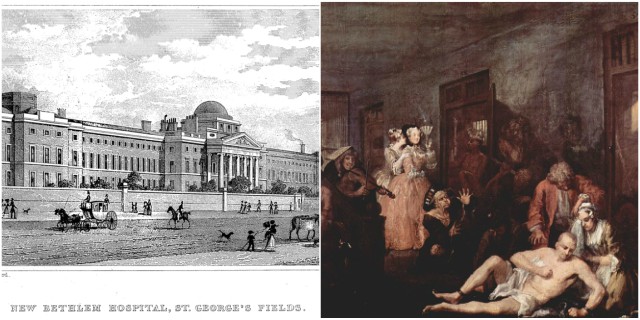London’s Bethlem Royal Hospital, nicknamed Bedlam, is one of the world’s oldest hospitals for the treatment of mental illness accepting patients suffering from “insanity” since the 14th century. It was the first institution in Europe to specialize in mental illnesses, but it is also remembered for its scandalous history as world’s most notorious mental asylum. In fact, it was so notorious that its nickname Bedlam entered the English language meaning ‘an uproar or confusion.’
It was founded back in 1247, during the reign King Henry III, by the Italian Bishop Goffredo de Prefetti as the Priory of the New Order of St Mary of Bethlem and originally served to help raise money for the Crusades via alms collection. It was originally located in the parish of St Botolph, Bishopsgate’s ward, just beyond London’s wall on the site that’s now covered by Liverpool Street station in the City of London.
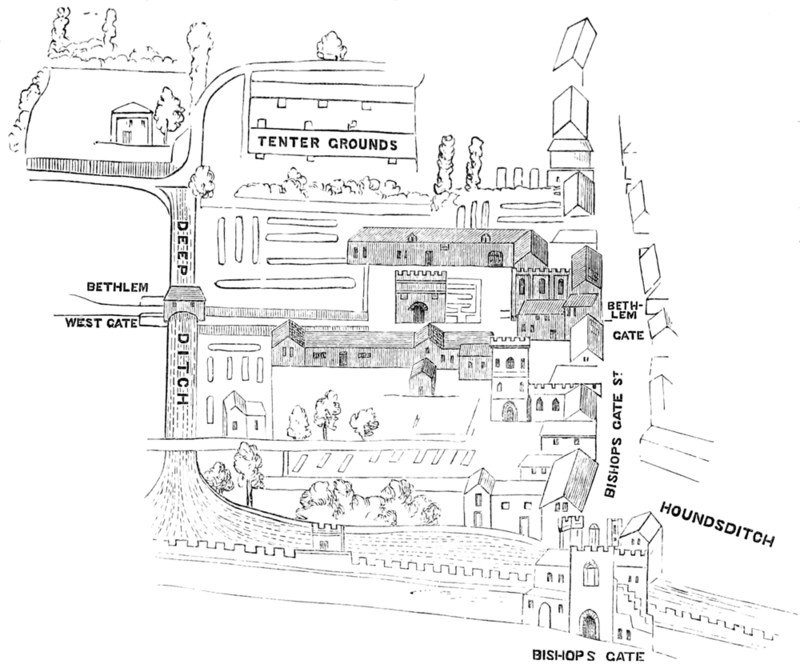
No one knows exactly when it was transformed into a mental asylum but by 1330 it was converted into a hospital and admitted its first mental patients in 1357. It had around 12 cells for patients, accommodation for the employees, kitchen, and a yard.
The facility remained in its original location for the next 400 years until 1675 when it moved north of London to the Moorfields since it was too small and to expand. Robert Hooke designed the new building and Caius Gabriel Cibber designed the two statues that stood at the gates of the hospital – one named “Melancholy” and the other named “Raving Madness.”
People with depression, dementia, schizophrenia, epilepsy, anxiety, learning disabilities and other mental illnesses were subjected to horrendous cruelty and experimentation by the managers of the facility known as “keepers.”
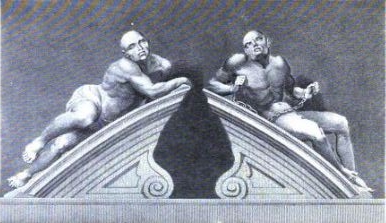
The Daily Mail reports that Bedlam was racked by scandals. One inmate died after his intestines burst, having been chained in a confined space for years. Others slept naked on straw in the cold, tormented by sadistic keepers.
Manacles, chains, locks and cold baths were part of the treatment in the facility. Patients were often chained up to walls and were sometimes starved to death. The diet was plain and did not include vegetables or fruit.
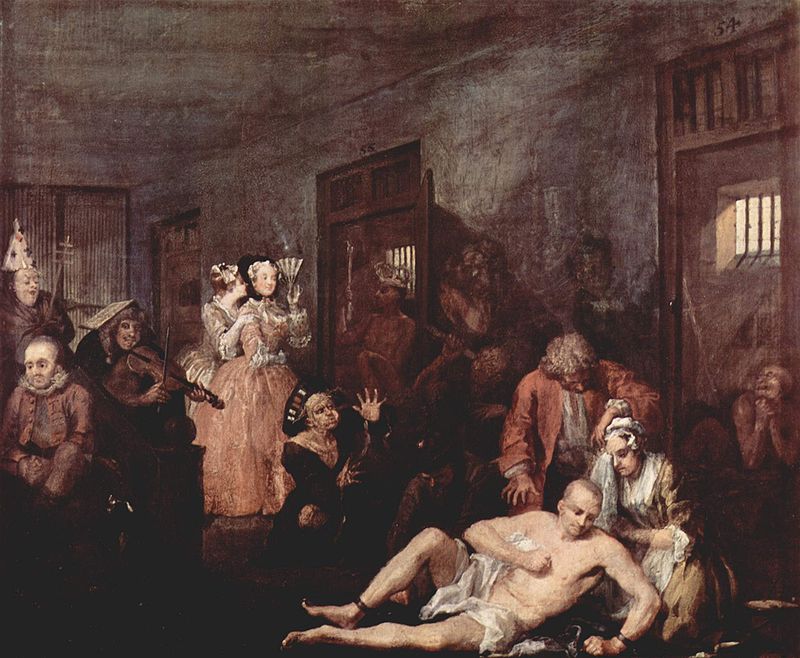
Rotational therapy, as it was called by the keepers, was one of the cruelest treatments in Bedlam. They would place a patient in a chair and spun the chair more than 100 times in one minute. Vomiting and extreme vertigo were often the results of the rotational therapy but were seen as healthy reactions.
As reported by the Huffington Post, patients were also victim to bloodletting by leeches, cupping glass therapy, and the inducing of blisters. Treatment was so severe that the facility refused to admit patients deemed too meek to withstand it. Indeed, many did not survive. Modern investigations have uncovered mass graves on the property, dug exclusively for those who died under Bethlem’s care.
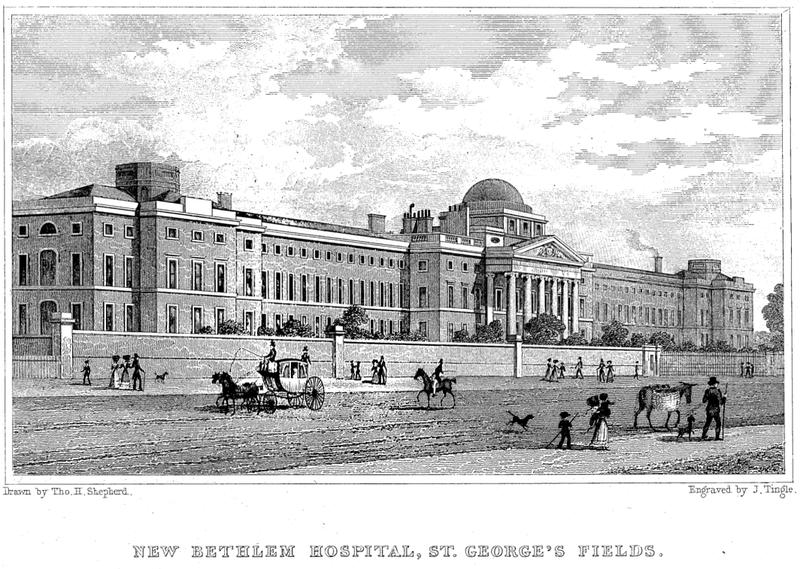
As means of raising hospital income, it was allowed public and casual visitors with no connection to the inmates to watch patients displayed in cages. In order to amuse themselves, people from all over the UK came to see the patients. They would pay one penny to the porter of the hospital just to see the sideshow at the hospital. Reportedly over 96,000 visitors came to see the mad each year.
In 1930 the hospital moved to Beckenham and it remains there to this day. The times when patients in Bedlam were subjects of horrendous cruelty and experimentation are over and these days a team of professionals works very hard in order to provide good care for its patients.
